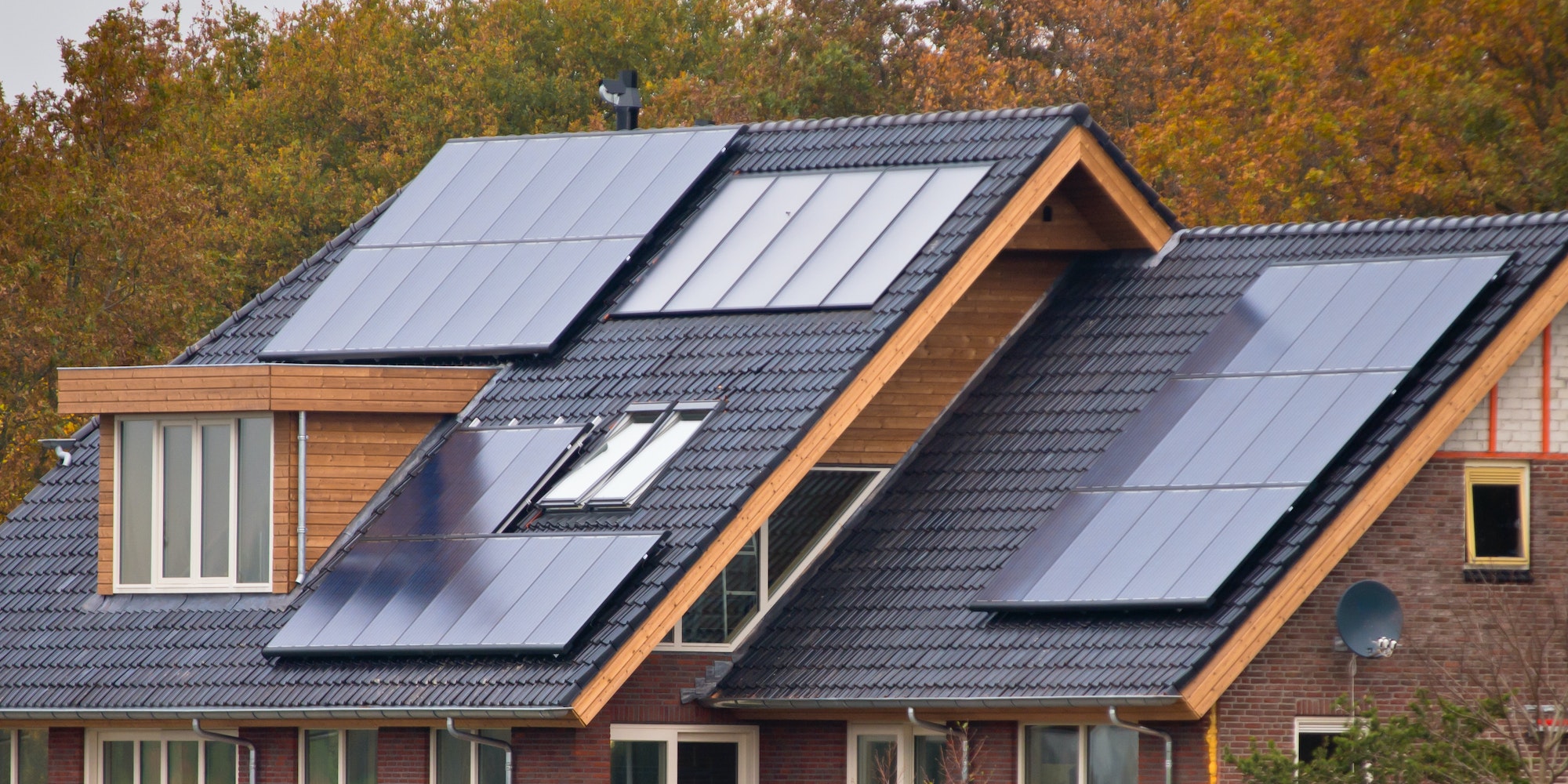The concept of a smart home has evolved rapidly over the last few years, transforming from a simple extension of the Internet of Things (IoT) to an entire ecosystem of interconnected devices that can be controlled via various interfaces, such as voice commands, gestures, or a dedicated app. As technology continues to advance, the smart home market is projected to grow exponentially, with new devices and features emerging constantly to make our lives more convenient, efficient, and secure. In this article, we will explore the latest technologies that have the potential to revolutionize smart and connected homes, from energy management systems to data-driven security solutions.
Innovative Smart Home Devices and Systems
The market is flooded with numerous smart devices and systems that aim to improve the quality of life for users. These products cater to a variety of needs, including energy efficiency, home automation, entertainment, and security. Here is a selection of some of the most innovative and effective smart devices and systems that can enhance your connected home experience.
Energy Management Systems
One of the primary goals of a smart home is to optimize energy consumption and reduce utility bills. An energy management system is a technology that monitors, controls, and optimizes the usage of electricity, gas, and water in residential or commercial buildings. These systems typically include hardware devices and software programs that can be seamlessly integrated into your existing smart home infrastructure.
For example, the Google Nest Learning Thermostat is an intelligent device that learns your schedule and preferences, adjusting the temperature accordingly to save energy. Similarly, the Sense Energy Monitor can track energy usage across various appliances and devices in real-time, providing valuable insights to help you conserve energy and save money.
Voice-Controlled Devices
Voice-controlled devices have become an increasingly popular way to interact with smart home systems. Amazon Echo and Google Home are two of the leading products in this category, offering voice-activated assistants that can perform a wide range of tasks, such as playing music, providing weather updates, and controlling other connected devices in your home.
More recently, tech companies like Apple and Samsung have also entered the market with their own smart speakers, providing further options for users who prefer to control their homes using their voice. These devices offer a user-friendly interface and advanced voice recognition capabilities, making them an attractive choice for many homeowners.
Home Automation Systems
Home automation systems are designed to centralize control of various smart devices and appliances within your home. These systems can automate routine tasks, such as turning lights on and off, adjusting thermostats, or managing security cameras, making your home more efficient and convenient to manage.
Popular home automation systems include Samsung SmartThings, Wink Hub, and the Amazon-owned Ring. These platforms can be customized according to your specific needs and preferences, with support for a wide range of smart devices from various manufacturers.
Data-Driven Security Solutions
One of the most critical aspects of a connected home is ensuring the safety and security of its occupants. Modern smart home security solutions are increasingly utilizing data-driven methods to provide a more comprehensive and proactive approach to protect your home and loved ones.
Smart Security Cameras
Smart security cameras are an integral part of any connected home security system. These advanced devices have evolved beyond basic video surveillance, incorporating features such as facial recognition, motion detection, and even AI-powered analytics. For instance, the Nest Cam IQ and the Arlo Ultra 4K are two of the best smart security cameras in the market, offering crystal-clear video quality, intelligent alerts, and seamless integration with other smart home devices.
Some smart security cameras also offer cloud storage services, enabling you to easily access your recorded footage from any device with an internet connection. This can provide valuable evidence in the event of a security breach, helping you to identify the intruders and potentially recover stolen property.
Advanced Security Systems
In addition to smart security cameras, modern connected homes can benefit from a range of advanced security systems that can detect and respond to potential threats. For example, products like the SimpliSafe Home Security System and the Abode Iota offer comprehensive security solutions that include door and window sensors, motion detectors, and even smoke and carbon monoxide detectors.
These security systems can be remotely monitored and controlled via an app, allowing you to arm or disarm your alarm, receive real-time alerts, and access live video feeds from your security cameras. Moreover, many of these systems can be integrated with popular voice assistants like Amazon Alexa or Google Assistant for added convenience and ease of use.
Staying Ahead of Privacy and Security Challenges
As smart home devices continue to become more sophisticated and interconnected, the potential risks associated with data privacy and security cannot be ignored. Consumers must be vigilant about the potential vulnerabilities in their connected home systems and take proactive measures to protect their data and privacy. Here are some best practices to follow:
Choose Trusted Brands
When investing in smart home devices, it’s essential to opt for reputable and trusted brands that prioritize security and privacy. Companies like Amazon, Google, and Apple have a vested interest in maintaining the trust of their users and are more likely to invest in robust security measures and regular software updates to keep their devices secure.
Secure Your Home Network
A secure home network is the foundation of a safe and secure connected home. Make sure your home Wi-Fi network is encrypted and protected by a strong, unique password. Additionally, keep your router’s firmware updated to protect against potential vulnerabilities.
Use Two-Factor Authentication
Many smart home devices and platforms offer two-factor authentication (2FA) as an added layer of security for your accounts. This typically involves confirming your identity through a secondary method, such as a text message or an authenticator app, in addition to your password. Enable 2FA wherever possible to reduce the risk of unauthorized access to your smart home systems.
In conclusion, the latest technologies for a smart and connected home offer an exciting glimpse into the future of residential living. By staying informed about the latest devices, systems, and security practices, you can create a connected home that is efficient, convenient, and secure.
Seamless Integration and Interoperability of Smart Home Devices
As the smart home ecosystem continues to expand, one of the major challenges faced by consumers is the seamless integration and interoperability of various smart home devices. To create a truly connected home, it is essential for devices from different manufacturers and platforms to work together effectively and communicate with one another.
Open Standards and Protocols
Open standards and protocols, such as Zigbee, Z-Wave, and Thread, have emerged to address the issue of interoperability between smart home devices. These wireless communication protocols allow devices from different manufacturers to communicate with one another, enabling users to create a cohesive and functional smart home system.
Major tech companies and smart home device manufacturers have also recognized the need for greater interoperability. Initiatives like Project CHIP (Connected Home over IP) aim to create a unified and secure standard for smart home devices, making it easier for consumers to mix and match products from various brands without compatibility issues.
Universal Hubs and Platforms
In addition to open standards, universal hubs and platforms can play a crucial role in integrating various smart home devices into a single, unified system. Solutions like IFTTT (If This Then That) or Yonomi enable users to create custom rules and routines that trigger multiple devices at once, regardless of their underlying platform or brand.
Moreover, some home automation systems, such as Samsung SmartThings or the Amazon-owned Ring, offer support for a wide range of smart devices from various manufacturers, making it easier for users to build and manage their connected home ecosystem.
Embracing the Future of Smart and Connected Homes
The latest technologies for a smart and connected home offer an unprecedented level of convenience, efficiency, and security for homeowners. From energy management systems that optimize resource consumption to data-driven security solutions that provide comprehensive protection, these innovations are transforming the way we live.
To fully embrace the potential of smart and connected homes, it is crucial for consumers to stay informed about the latest devices, systems, and security practices. At the same time, the industry must continue to innovate and develop open standards and platforms that enable seamless integration and interoperability between various devices.
By investing in trusted brands, securing their home network, and adopting best practices like two-factor authentication, homeowners can create a connected home that is efficient, convenient, and secure. The future of smart homes is here, and it promises to revolutionize residential living in ways we can only begin to imagine.

